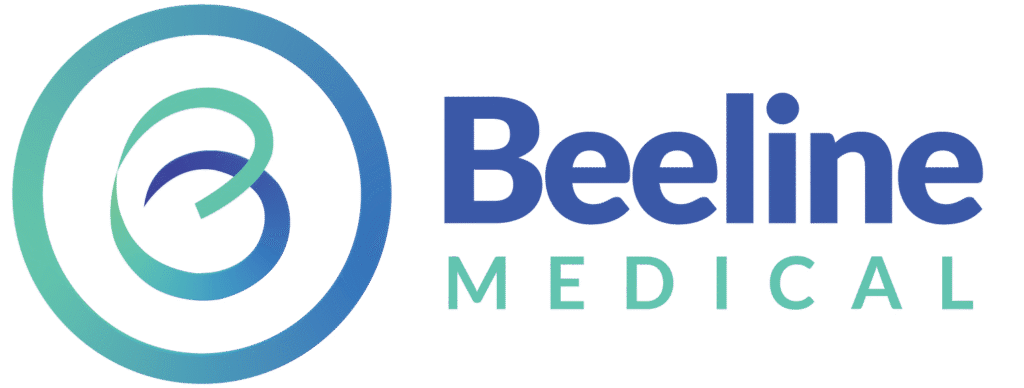
What is ERA in Medical Billing?
Understanding the various components and processes is crucial for efficiently managing healthcare services in the complex world of medical billing. The healthcare industry processes thousands of claims daily, and processing these claims requires generating thousands of EOB statements regularly. However, the traditional processing of these claims can be tiring and time-consuming, leaving one frustrated and overwhelmed. This increases the chances of errors in manual EOB, which may result in incorrect payment posting. To resolve accounting issues, all hospitals nowadays are switching to ERA, which is HIPAA-compliant and allows payment information to be stored for medical billing purposes. In this blog, we will discuss the nuances of ERA in medical billing, exploring its significance, the process, benefits, and common challenges faced by healthcare providers and billing professionals.
Understanding ERA: An Overview
ERA stands for Electronic Remittance Advice – a digital version of a payment explanation provided by health insurance payers to healthcare providers. This document contains detailed information about the payment of medical claims and any adjustments made to those claims. The ERA replaces the traditional paper-based Explanation of Benefits (EOB) with a standardized electronic format, enhancing the efficiency and accuracy of the billing process.
What is Included in an ERA?
An ERA typically contains vital information for reconciling medical bills:
- Claim Details: Patient information, service dates, and provided services.
- Payment Details: Payment amount, including deductions or adjustments.
- Reason Codes: Codes explaining claim denials, allowing for prompt issue resolution.
- Adjustment Codes: Codes specifying why claim amounts were adjusted (e.g., contract adjustments, patient responsibility, or payer policy changes).
The ERA Process: From Submission to Reconciliation
The ERA process involves several steps ensuring accurate and timely healthcare service payments:
- Claim Submission: Providers submit claims electronically to insurers using standard formats.
- Payer Processing: Insurers process claims, determining appropriate payment based on provider contracts, patient coverage, and other factors.
- ERA Generation and Transmission: After processing, payers generate and send ERAs to providers through secure electronic channels.
- ERA Receipt and Posting: Upon receiving the ERA, the provider’s billing system automatically posts the payment information, updating patient accounts and simplifying reconciliation.
- Reconciliation and Follow-up: Finally, providers reconcile received payments with submitted claims, addressing discrepancies, denials, or adjustments. This step is crucial for accurate financial records and proper service reimbursement.
The Benefits of ERAs in Medical Billing
ERAs offer numerous advantages, improving overall billing efficiency and accuracy:
- Enhanced Accuracy and Efficiency: Automating payment information receipt and posting reduces human error from manual data entry, leading to more accurate financial records and streamlined workflows.
- Faster Payment Processing: ERAs enable speedier processing and posting of payments, allowing providers to receive reimbursements quicker. This improved cash flow is vital for the financial health of medical practices.
- Improved Data Management: With ERAs, all payment information is electronic, making data management, search, and retrieval easier. This improved data management facilitates better financial reporting and analysis.
- Reduced Administrative Costs: By eliminating paper-based EOBs and manual data entry, ERAs help reduce administrative costs associated with medical billing. This cost reduction is especially beneficial for smaller practices with limited resources.
- Better Denial Management: ERAs provide detailed denial codes and adjustment reasons, helping billing professionals quickly identify and address issues with denied claims. This capability improves the overall success rate of claim reimbursements.
Challenges and Solutions for Implementing ERA
While ERAs offer substantial benefits, there are also challenges that healthcare providers may face:
- Integration with Existing Systems: Ensuring compatibility between existing billing and practice management systems and the standard formats used for ERA transmission can be a hurdle.
- Solution: Investing in compatible software and working with IT professionals can facilitate seamless integration and ensure systems are properly configured to handle ERA data.
- Data Security and Compliance: Protecting sensitive patient and payment information is paramount. Compliance with regulations like HIPAA is essential for data integrity.
- Solution: Implementing robust security measures like encryption and secure data transmission protocols can help protect ERA data. Regular compliance audits and staff training on data security practices are also necessary.
- Training and Adaptation: Healthcare providers and billing staff may require training to adapt to the new processes associated with ERA. This training is necessary to fully leverage the technology’s benefits.
- Solution: Providing comprehensive training programs and ongoing support can help staff become proficient in using ERA. Encouraging a culture of continuous learning and adaptation can also ease the transition.
The Future of ERA and Medical Billing
As the healthcare industry evolves, so will medical billing technologies and processes. Here are some trends shaping the future of ERA:
- Increased Automation and Artificial Intelligence (AI): Advancements in automation and AI are expected to streamline the ERA process further. AI can help identify patterns, predict denials, and automate the resolution of common billing issues.
- Enhanced Interoperability: Efforts to improve interoperability between different healthcare systems and payers will facilitate a more seamless exchange of ERA data. This improvement will enhance the efficiency and accuracy of the billing process.
- Patient-Centric Billing: As patient-centered care becomes more prominent, billing processes, including ERA, will likely evolve to be more transparent and
Conclusion
The effective utilization of Electronic Remittance Advice (ERA) is paramount for achieving optimal efficiency in medical billing management. The transition from paper-based Explanations of Benefits (EOBs) to electronic formats presents a multitude of advantages, including enhanced accuracy of financial records, expedited payment processing, and a reduction in administrative expenditures. By proactively addressing challenges associated with system integration, data security, and staff training, healthcare providers can fully capitalize on the benefits offered by ERA. As technological advancements continue to reshape the healthcare landscape, the future of ERA and medical billing holds the promise of even greater operational efficiencies, ultimately leading to significant improvements within the overall healthcare reimbursement process.
